Recovery, Wellness, Performance
Start Here
A winning combination of exceptional care, incredible people, and a commitment to YOUR best outcome. Our passion for service to our clients is the driving force behind our quality care.
Complete rehabilitation and hands on attention to our patients
Our physical therapy professionals are completely invested in restoring, improving and reclaiming your movement to maximize your wellness and performance. Combining traditional and non-traditional methods of treatment allows us to find the best tailored treatments for our patients while educating and keeping each patient informed through every step of treatment.
Our journey began quite humbly in 1987 with a passion to deliver a caring smile, kind eyes and as much of our expertise as it takes to get our customers what they need to get better as quickly as possible. We continue to believe that with "compassion", our passion for being the best physical therapist possible will take “Agapé” to "the next level", a level our customers and referring professionals can be proud of all around the Rochester, NY area and beyond! The Greek word Agapé means unconditional love. At it’s core, that is what our practice embodies. Our passion for service to our clients is the driving force behind our love of physical therapy and quality care.
What makes Agape different?
Featured Location
East Rochester, NY
Our newest clinic in East Rochester offers a modern physical therapy experience, housed in a recently remodeled space with state-of-the-art rehab equipment.
Our teams are ready to help
We have dedicated staff members that have a genuine interest in every aspect of your health care from your initial visit, through your treatment and beyond.
Your physical therapist will perform a thorough physical evaluation regarding your current condition and will recommend a plan of care including the frequency (number of visits per week) and duration (total weeks) of treatment. You will also discuss the types of treatments you will be receiving and you will be assigned a home exercise program to supplement your treatment sessions for you to begin immediately.
The initial evaluation and subsequent treatment sessions will last around 45-60 minutes each and we recommend wearing loose fitting clothing that will easily allow you to expose the area we will be evaluating.
Don't forget to arrive about 15 minutes before your first scheduled appointment to allow time to fill out paperwork and go over your insurance benefits with one of our amazing Client Services Advocate.
Not sure what to expect?
Innovative Physical Therapy
AlterG Anti-Gravity Treadmill
Thanks to its precise unweighting technology, the AlterG® Anti-Gravity Treadmill® allows you to push your training and physical therapy rehabilitation further than ever before.
Looking for more info?
Our amazing and knowledgeable team of Physical Therapists are a wealth of information. They regularly create blog posts to share with you. Check out our most recent one below.


